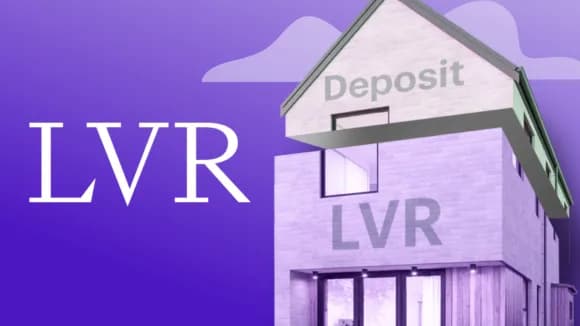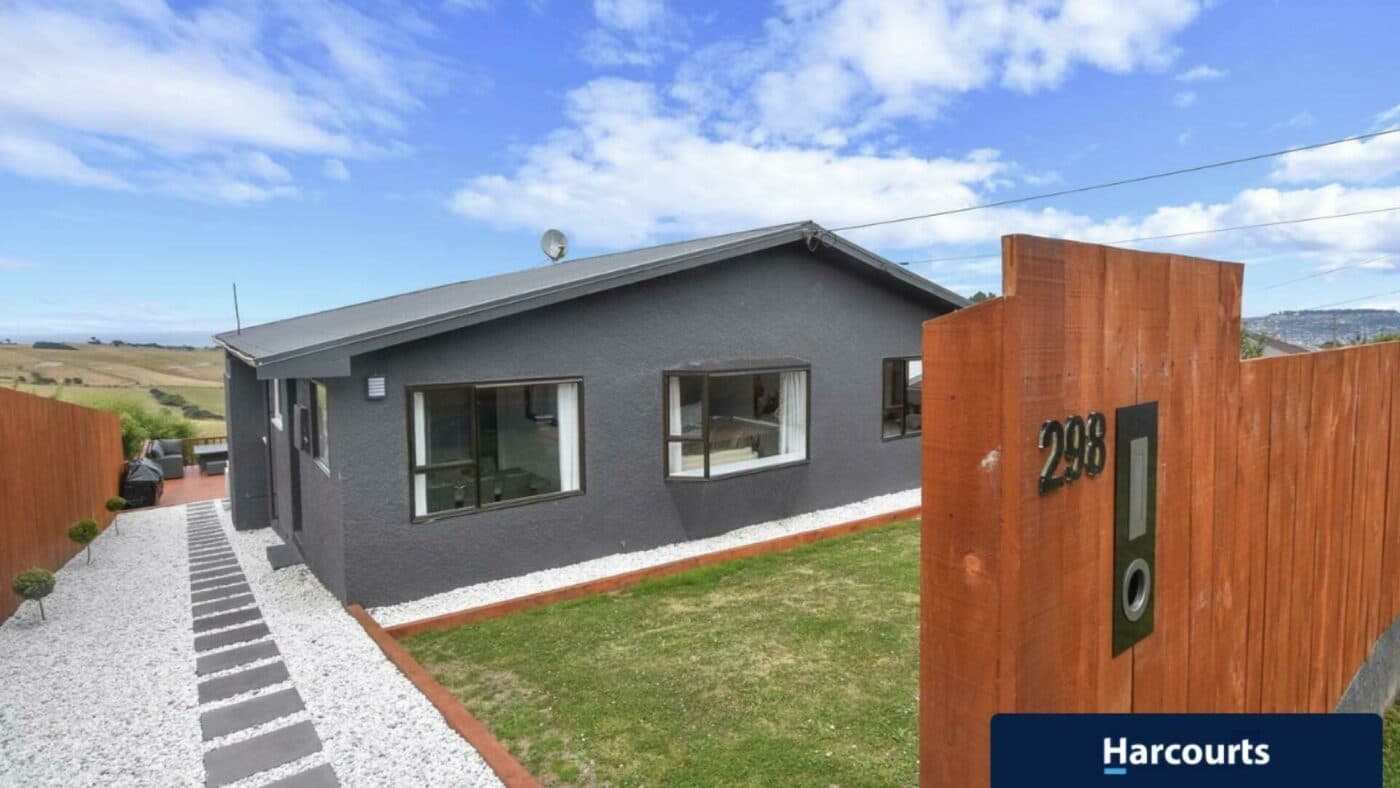
Mortgages
LVR restrictions – Here’s everything you need to know about them
Explore the 2026 updates on Loan to Value Ratio (LVR) restrictions in NZ. Understand how LVR changes impact borrowers, investors, and the housing market.
Property Investment
5 min read

Author: Laine Moger
Journalist and Property Educator, holds a Bachelor of Communication (Honours) from Massey University.
Reviewed by: Ed McKnight
Resident Economist, with a GradDipEcon and over five years at Opes Partners, is a trusted contributor to NZ Property Investor, Informed Investor, Stuff, Business Desk, and OneRoof.
When it comes to a deposit for an investment property, investors often ask two questions:
These are questions we get asked by property investors all the time at Opes Partners. So, in this article you’ll get the answers to both. This includes how to buy an investment property without a single dollar for your cash deposit.
Quick points:
And if you have a question, write your questions or thoughts in the comments section below.
If you’re an investor, the deposit required depends on the property you purchase.
If you’re a property investor, you need the following:
This variation is due to Loan to Value Ratio restrictions (more on this below).
The differences are substantial in dollar amounts and will dictate what property you invest in.
For instance, let’s say you can buy three $1 million properties.
One is a New Build townhouse being built in Auckland by a developer. This property requires a 20% deposit.
The next is a house in Christchurch that was built 20 years ago. This makes it an existing property, and investors will require a 30% deposit.
The final property is a dual-key apartment in Wellington. Because this is a specific type of property, it requires a 50% deposit.
All 3 properties cost $1 million. But the deposit you need changes:
For example, purchasing Property B (the existing property) requires $100,000 more than Property A … even though they both cost $1 million.
Here’s a flow chart that shows how much deposit is required for investors, owner-occupiers and first home buyers.
LVR is the acronym for Loan to Value Ratio restrictions. These rules dictate how much a bank can lend you against your property compared to its value.
| Deposit Required (%) | Lending From Bank (%) | ||
|---|---|---|---|
| Owner occupier | Existing Property | 20% | 80% |
| New Build | 20% | 80% | |
| Investor | Existing Property | 30% | 70% |
| New Build | 20% | 80% |
Or, to put it another way, LVRs set the restriction for just how much money a bank can loan to you compared to the value of your house.
The LVR restrictions are stricter for investors than for other types of borrowers.
For investors, the bank can only lend you up to 60% of your property’s value (for an existing property). That means you – as an investor – need to put in the rest of the money (30%) as a deposit.
Using real-world examples, let’s look at how deposits can change based on the property.
Example #1 New Build – Belfast, Christchurch
This property is available to Opes Partner investors (at the time of writing).
It is a 4-bedroom standalone house based in Belfast, Christchurch, and costs $769,000.
The deposit required for this property is 20%. Therefore, an investor wanting to buy this house needs a $153,800 deposit.

Example #2 Existing property – Highcliff, Dunedin
Here is another property currently available for purchase on Trade Me.
It’s also a 4-bedroom standalone house, this time based in Dunedin. Its asking price is currently $649,000.
If an investor bought this property and paid the asking price, they would need a 30% deposit. That means putting down $194,700.
Even though the existing property is cheaper, it requires a $40,900 higher deposit.

Many people new to property investment are often surprised to hear that most investors don’t use cash for their deposits.
Instead, they use their equity (wealth) within their home as a deposit.
The way you do this is –
The extra amount you can borrow against your own home (or another property) is called ‘usable equity’. Here’s how it works
If you’ve owned your own home for a while two things are likely to have happened:
This creates wealth within your home because it’s worth more, and you’ve got less debt held against it.
You can borrow against this wealth for a deposit for an investment property.
The formula for calculating your usable equity in your own home is as follows:
(Home Value x 0.8) – Personal Mortgage = Usable Equity.
You can also use our calculator to run the numbers for you:
Returning to our initial question: How much deposit do you need to buy an investment property?
The answer depends on what sort of property you want to buy.
For a New Build, you need 20%. For an existing property, you need 30%. Or for something more specific, you may need 50%.
Journalist and Property Educator, holds a Bachelor of Communication (Honours) from Massey University.
Laine Moger, a seasoned Journalist and Property Educator holds a Bachelor of Communications (Honours) from Massey University and a Diploma of Journalism from the London School of Journalism. She has been an integral part of the Opes team for four years, crafting content for our website, newsletter, and external columns, as well as contributing to Informed Investor and NZ Property Investor.
This article is for your general information. It’s not financial advice. See here for details about our Financial Advice Provider Disclosure. So Opes isn’t telling you what to do with your own money.
We’ve made every effort to make sure the information is accurate. But we occasionally get the odd fact wrong. Make sure you do your own research or talk to a financial adviser before making any investment decisions.
You might like to use us or another financial adviser